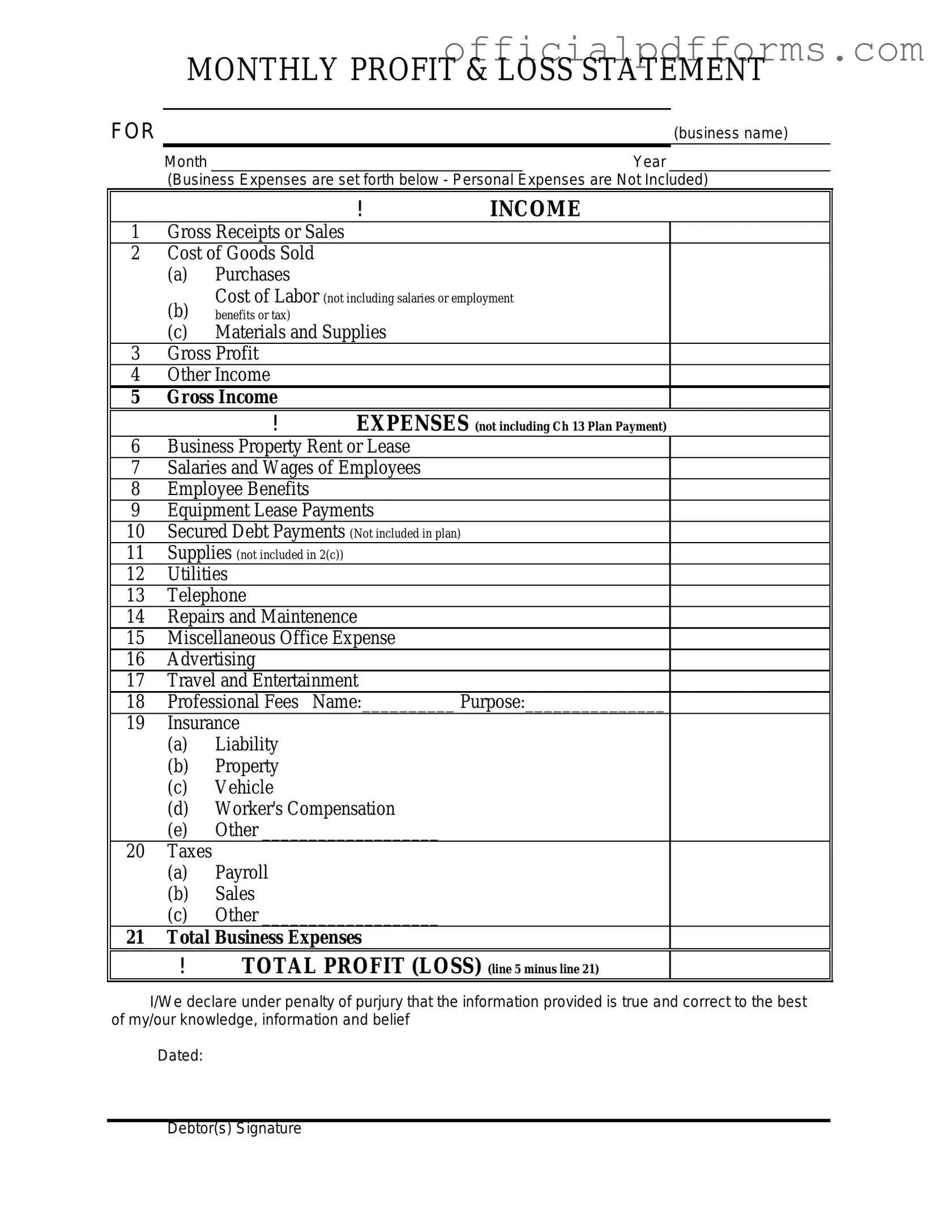Fill in a Valid Profit And Loss Form
The Profit and Loss form, often referred to as a P&L statement, is a financial document that summarizes the revenues, costs, and expenses incurred during a specific period. This form provides valuable insights into a business's financial performance, helping owners and stakeholders understand profitability. To get started on analyzing your financial health, fill out the form by clicking the button below.
Access Form Online
